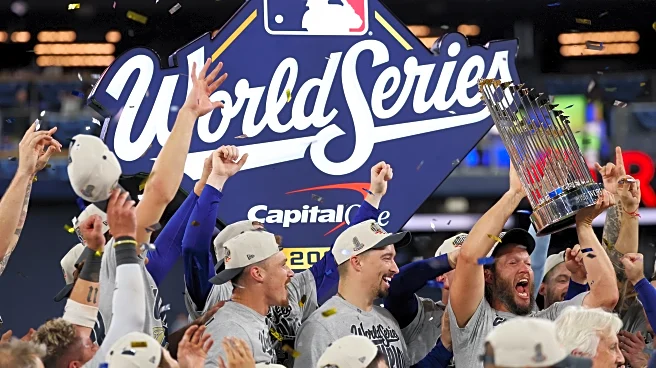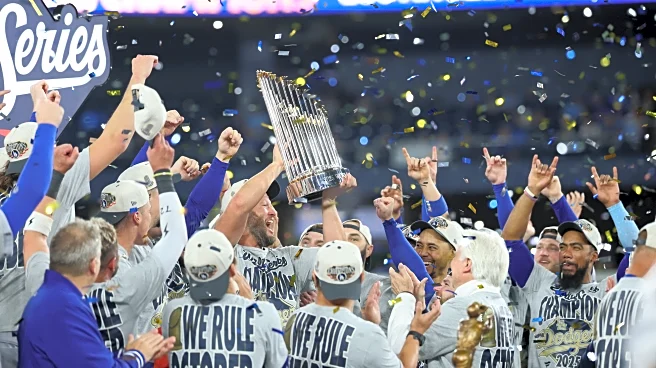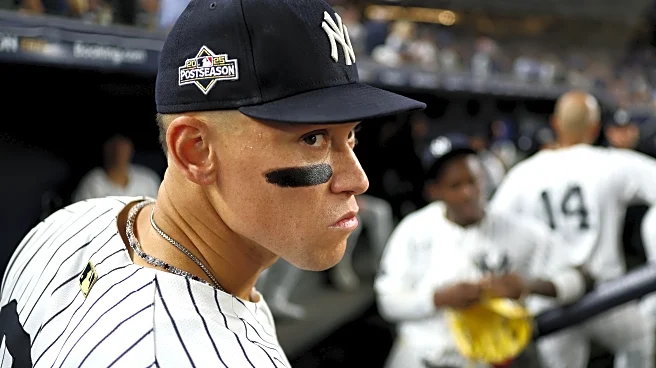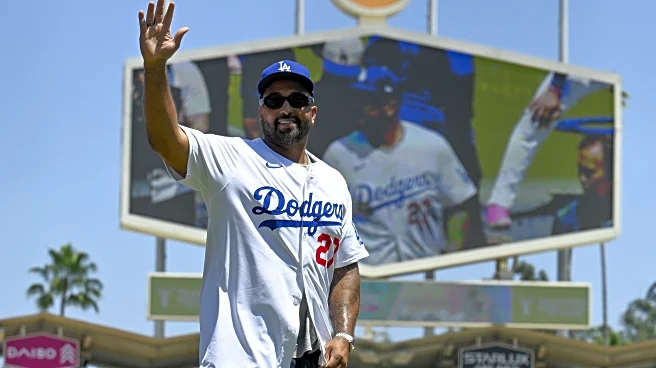Inspiration.
I was amazed at 130 pitches by Yoshinobu Yamamoto in the last two games of the World Series. It reminded me of 121 pitches by Randy Johnson in the last two games of the 2001 World Series.
Lee (my pickleball partner) and I talked about the final game of the World Series. Lee said she saw a pattern when Yamamoto pitched. What I heard her say was that the pattern was that at the start of the plate appearance, he would pitch balls outside the strike zone. Then the batter would be reluctant to swing because
he expected to be walked. When Yamamoto pitched the ball in the strike zone the batter was unprepared.
Let’s look for patterns in Yamamoto’s pitching in games 6 and 7 of the World Series. Data from MLB.com.
Please keep in mind that as a result of Yoshinobu Yamamoto’s complete game win in game two, plus his pitching in games 6 and 7, he was named the Most Valuable Player of the World Series. Beyond his two skills (see the following quote), how he approaches each plate appearance makes a positive impact.
“In an ideal world everybody is Yamamoto, with great stuff and 80 command, but not many people can do that [stuff AND command], so you have to figure out the skill that you want to lean into.” — Brandon Gomes, Dodgers GM
Yamamoto started Game 6.
Overview. He pitched six innings, allowing 5 hits, one walk, and one batter reached on a fielding error. Only one run scored. He pitched very well. Let’s look deeper.
First Pitch In The Strike Zone. Out of 23 batters faced, about half (14) had a first pitch in the zone. Two observations:
- Looking deeper, eight of the 14 in the zone pitches were on the edge of the strike zone, including six that seemed to barely touch the strike zone.
- The first pitches that were most often in the zone were four-seam fastballs and splitters. He has a lot of pitch types, so the other types were sinkers, cutters, curves, and a slider.
First Four Pitches. Out of the 23 batters faced, about half (13) had three or more of their first four pitches out of the zone or just touching the strike zone. Amazingly, only one of those batters walked, while four struck out. Looking at the last pitch of those PAs, two were called strike and two were whiffs. Were the whiffs late decisions to swing? In any case, this is evidence that after early-in-the-PA balls outside the strike zone, batters were perhaps reluctant to swing later when the pitches were better.
Last Pitch of Each Plate Appearance. Similar to the first pitch, about half (12) had a last pitch in the zone (instead of outside the zone or barely touching the strike zone). It seems that Yamamoto was consistent in keeping that ratio near half.
Yamamoto in relief in Game 7.
Overview. He pitched 2.2 innings in relief, allowing 1 hit, one walk, and one hit batter. No runs scored. He successfully closed game 7 of the World Series.
First Pitch In The Strike Zone. Out of 10 batters faced, half (5) had a first pitch in the zone. Two observations:
- Looking deeper, two of the 5 in the zone pitches were on the edge of the strike zone.
- The first pitches that were in the zone were 2 cutters, a four-seam fastball, a splitter, and a curve
First Four Pitches. Out of the 10 batters faced, only 3 had three or more of their first four pitches out of the zone or just touching the strike zone. One walked and one struck out. Although it was a small sample size, it was consistent with the game 6 evidence that after early-in-the-PA balls outside the strike zone, batters were perhaps reluctant to swing later when the pitches were better.
Another observation is that Yamamoto was aggressive in pitching strikes to Straw and Kirk (6 strikes and 2 balls). Straw was a defensive substitution, and in the playoffs had not batted since the Division Series. Straw hit a fly out. In the last three PAs against Yamamoto, Kirk showed patience in waiting for the pitch he wanted (one PA with no swing at the first 5 pitches, and in the other two PAs no swing at the first two pitches). In the last PA of the game, perhaps Yamamoto thought he could gain some early called strikes low in the zone, while Kirk (if he changed his pattern and swung) needed to swing carefully to avoid a double play. Kirk changed his pattern and swung at the first pitch. It was a foul ball. After that foul ball, Yamamoto won the battle and Kirk hit into a double play that ended the game.
Last Pitch of Each Plate Appearance. Of the ten batters faced, only three had a last pitch that was in the zone (instead of outside the zone or barely touching the strike zone). Yamamoto was more aggressive in game 7 than in game 6.
Summary.
Yoshinobu Yamamoto is an amazing pitcher. The following patterns were seen.
- About half of his first pitches were in the strike zone.
- In game 6 of the World Series, half the batters had most of their first four pitches either outside the strike zone or barely touching the strike zone. Amazingly, only one of those batters walked, while four struck out. That supports the idea that batters were reluctant to swing later in each plate appearance when the pitches were better. The game 7 data was consistent with that idea, although game 7 was a small sample size.
- In game 6 of the World Series, in the last pitches of each plate appearance, about half the pitches were either outside the strike zone or barely touching the strike zone. That ratio shows Yamamoto’s consistency with the first pitch of each plate appearance.
- In game 7, Yamamoto was more aggressive in throwing strikes to Straw and Kirk. Yamamoto won the battle against Kirk to close out the game.














